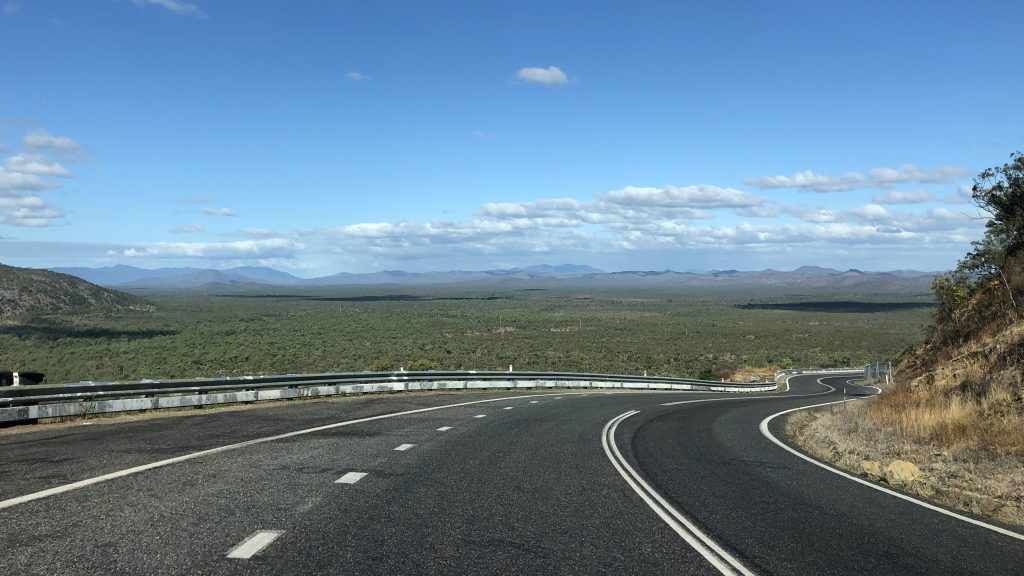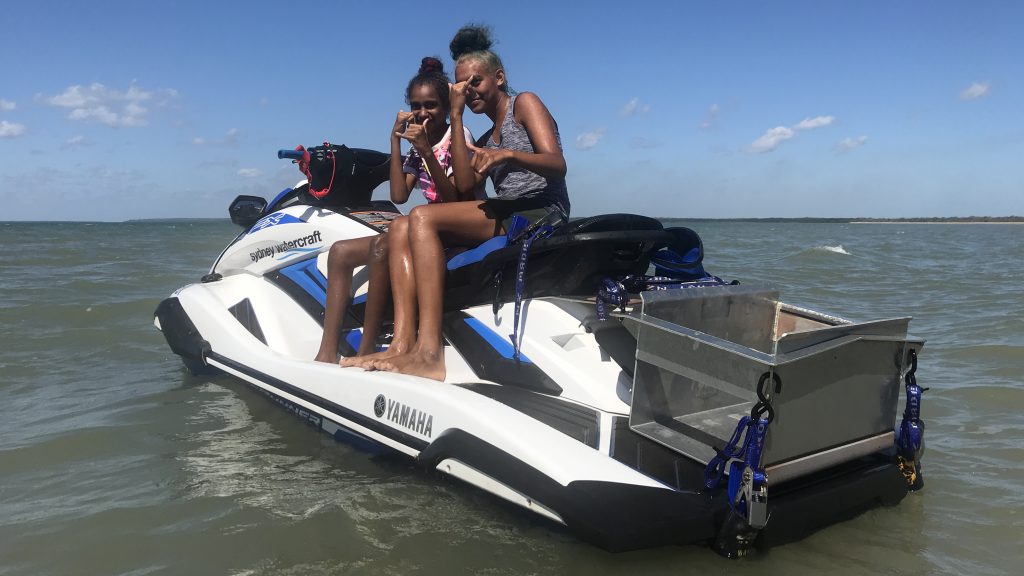In terms of challenging rides on a Jet Ski or personal watercraft, few international crossings are as remote or as difficult as this: Australia to Papua New Guinea and back in two days.
In 2019, a dozen Jet Ski riders travelled from Weipa in Far North Queensland to Thursday Island in the Torres Strait – and then across international waters to PNG and back – before touring the tip of Australia.
The entire journey from Weipa to PNG to Port Douglas took the better part of two weeks.
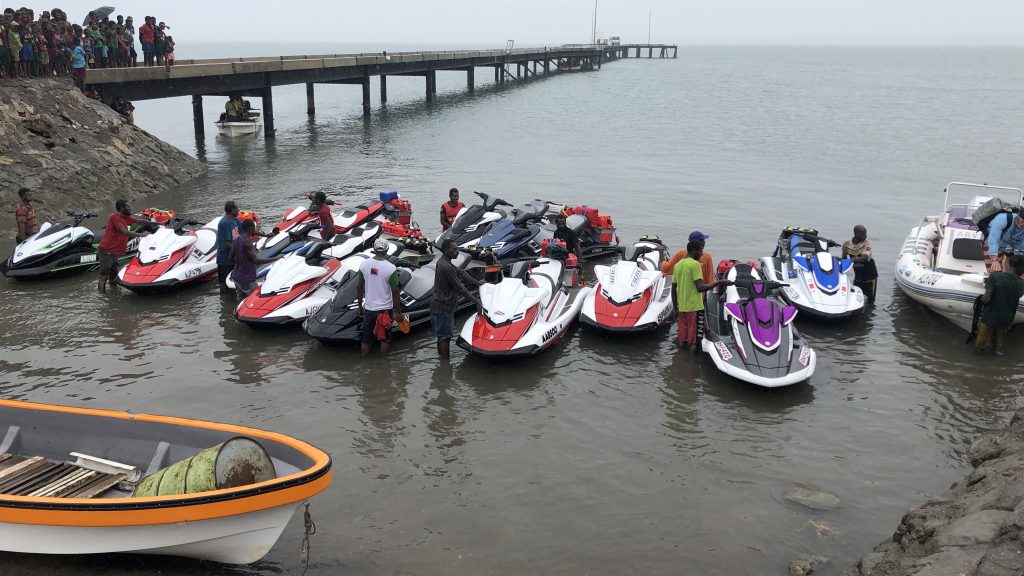
However, the return trip from Australia to PNG had to be done in two days – one day there, one day back – due to weather and political instability.
The less time spent in PNG the better. On the TV news the week before the trip there were reports of rebels on mainland PNG killing women and children as part of a tribal war. There was grim footage of the aftermath.
The destination Daru, an island off the south-east coast of Papua New Guinea, is the capital of the Western Province, the poorest region of the country.
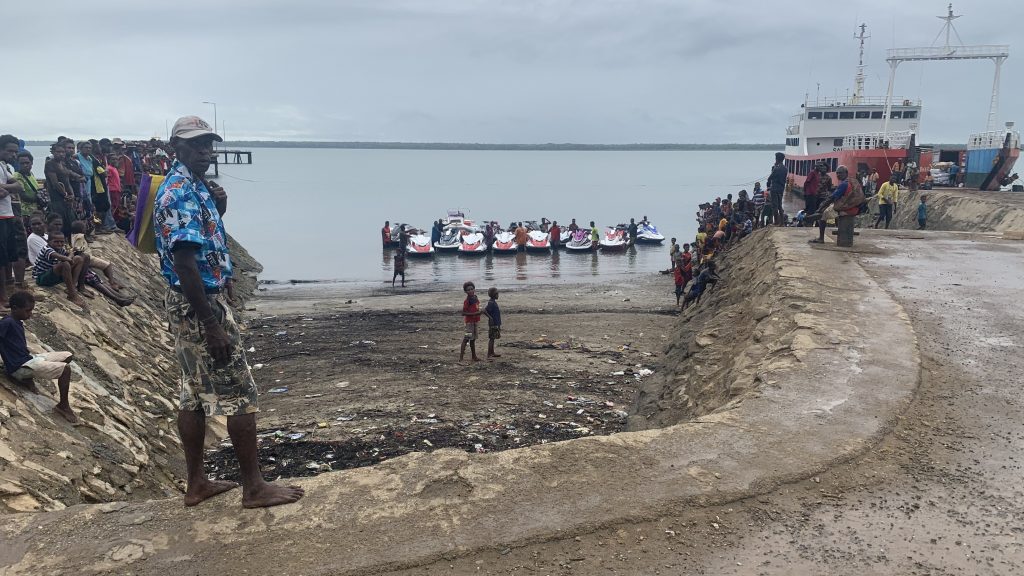
While refuelling the skis on Thursday Island the night before departure, locals warned against making the trip. So too did the person driving the minibus to the accomodation on Thursday Island. Even Australian Customs officials advised against the journey – as they stamped our passports clearing us for departure.
It was an epic journey just to get to this point – the far north of Australia. And yet the truly hard part was still to come.
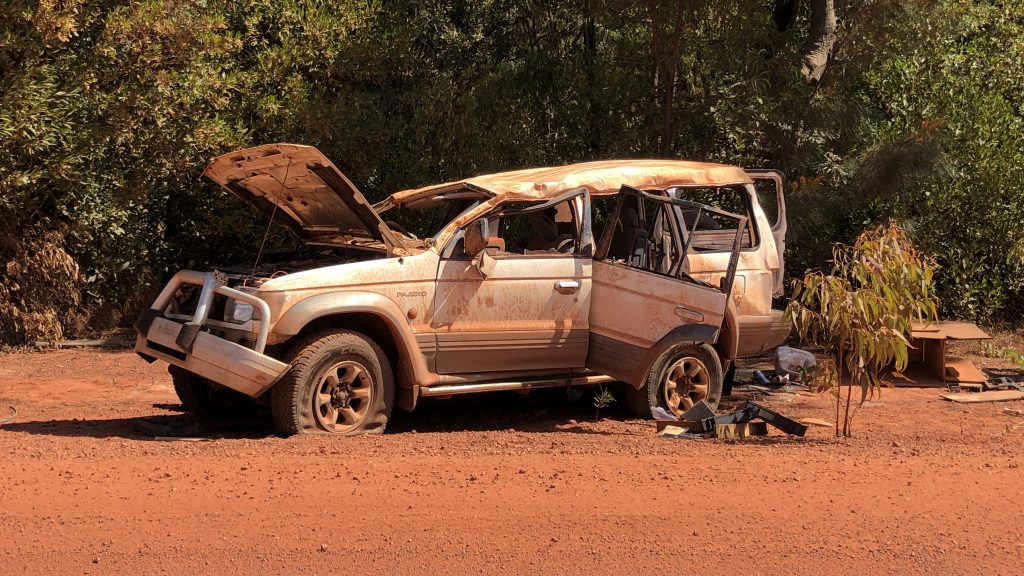
The first challenge was getting to the starting point. The drive from Sydney – Australia’s most populated capital city – to Cairns, the last regional centre near the northern tip of the country, was a 3000km three-day drive.
Driving from Cairns to Weipa on the western side of Cape York in Far North Queensland – the start of the Jet Ski ride – was another 20-hour drive – even though it’s only 800km as the crow flies.
If the road were sealed the whole way, you could do this leg in less than 10 hours. However, when this journey took place, all but about 150km was dirt road – and a severely corrugated one at that.
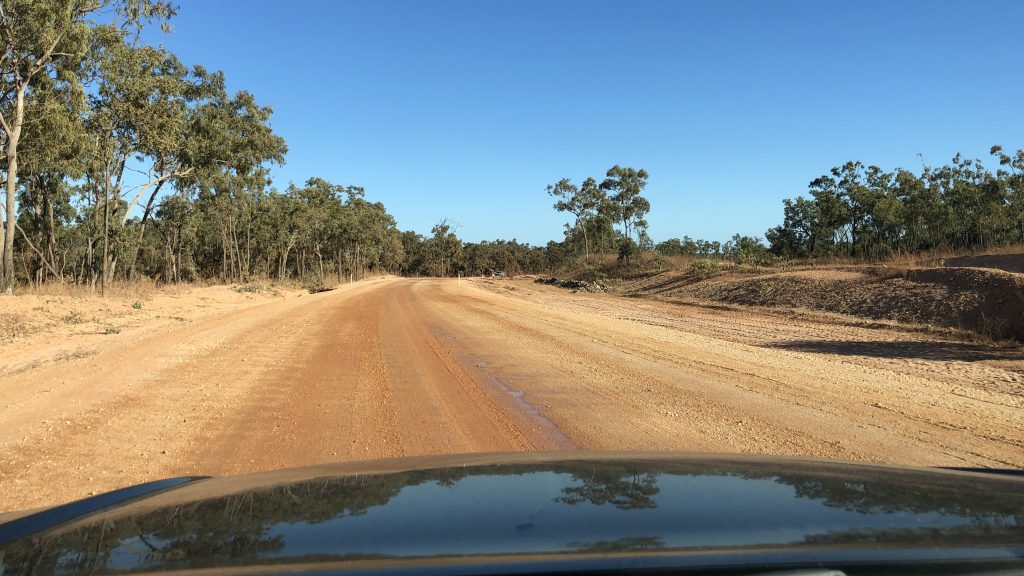
It slowed progress to 20kmh for much of the drive, which felt slower than walking pace.
Decked-out four-wheel-drives that weren’t towing a trailer – and were running large, cushioned off-road tyres – could keep a decent pace. We estimated they were travelling at 80 to 100kmh as they sprayed the Jet Ski convoy with stones as they blew past.
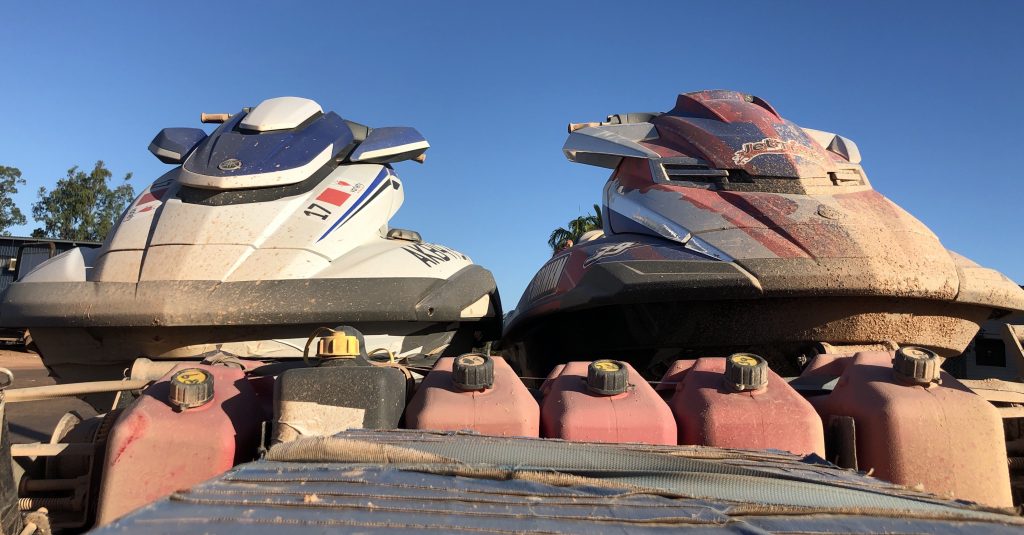
Here’s another top tip. Never tow a Jet Ski or personal watercraft on a dirt road. No matter what precautions you take – we used tape in what ended up being a lame attempt to prevent damage, and even strapped shade cloth to the trailer frame to deflect stones – dust and dirt granules will find a way to get between the hull and the rollers on the trailer, eventually wearing through the paint.
Spoiler alert: every hull was in need of repair after this tour. Some had already been repaired from previous ocean rides.
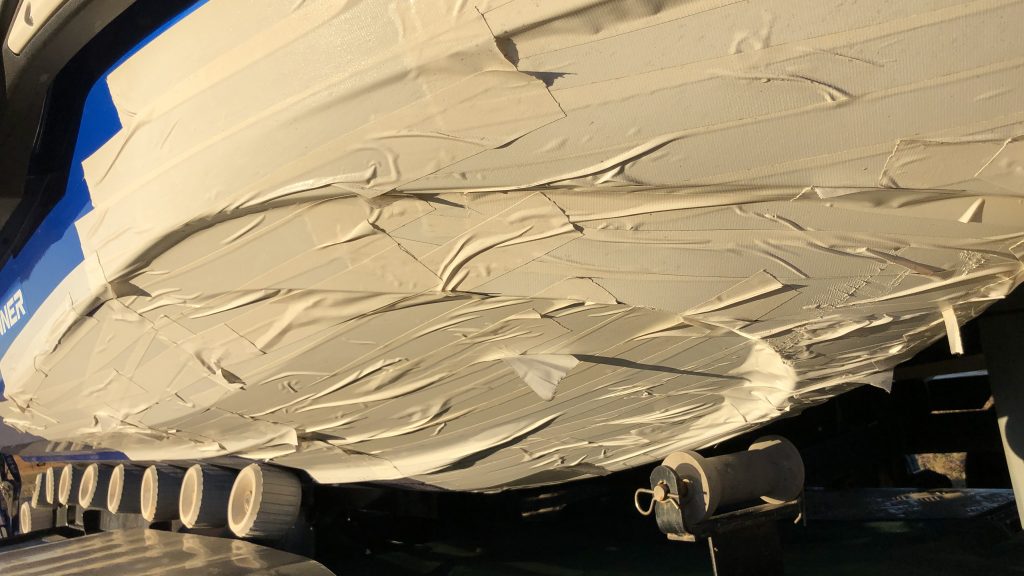
Fortunately, the hulls were in good enough order to proceed after everyone eventually made it to Weipa, the last town that would resemble civilisation for a fortnight.
After a final stock-up of supplies and a quick shakedown run the day before departure, 14 personal watercraft tentatively slid off their trailers and into the ocean at sunrise, with riders and road crew nervous about encountering crocodiles at the ramp.
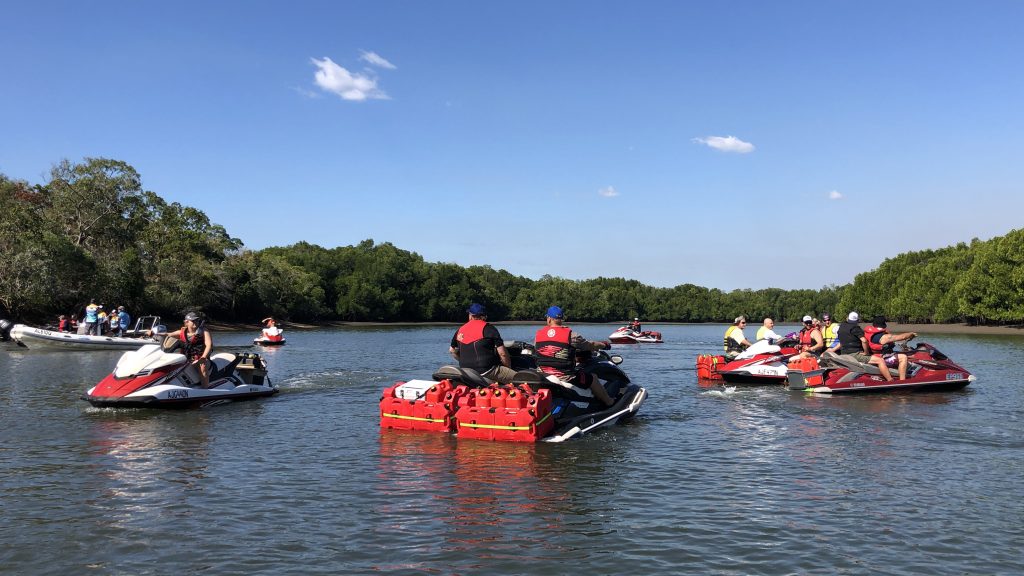
Keeping an eye out for crocodiles and sharks would be a constant concern when near the Australian coastline. The journey covered some of the most remote and inaccessible parts of Australia.
If someone was attacked by a shark or a crocodile, help would be hours away – and even then only if an alarm could be raised via limited communications.
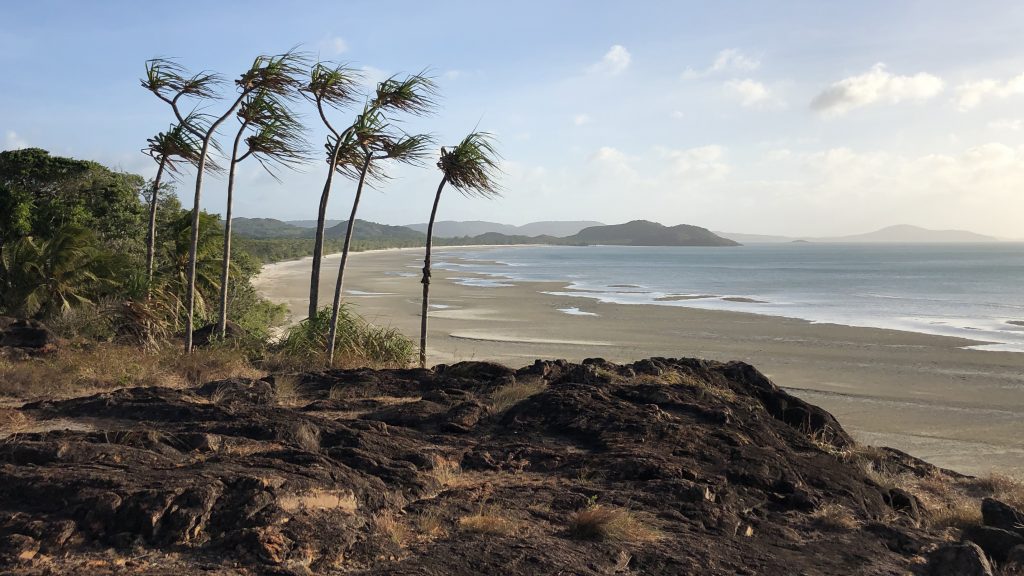
This is EPIRB and satellite-phone country. Smartphones were only any use as a camera.
Although every ski had an additional 60 litres of fuel on the back courtesy of custom made racks, the convoy still needed a fuel drop at a strategic point between Weipa and Thursday Island.
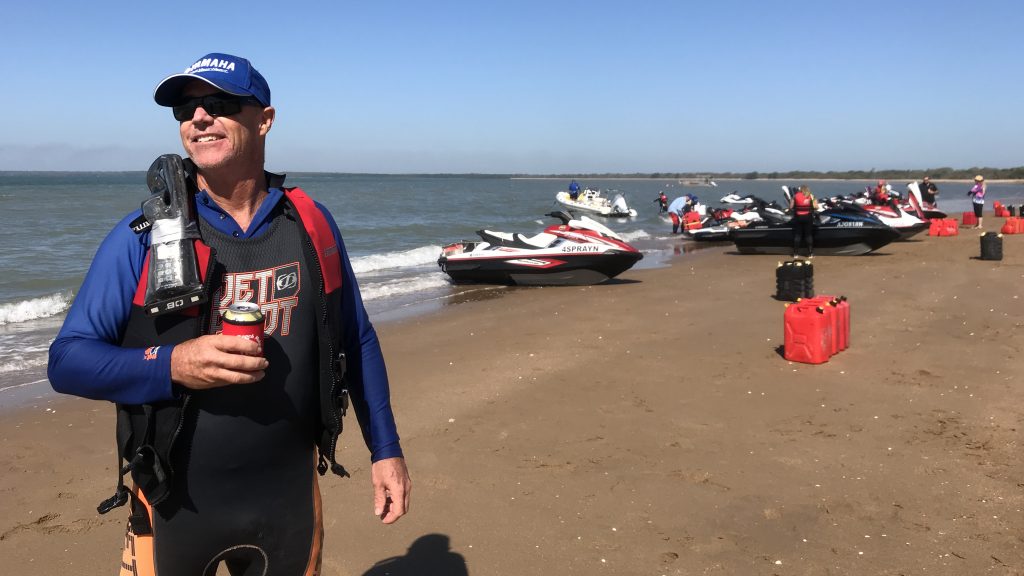
Local rangers came to the rescue after fuel was delivered to them earlier in the day.
While the group waited for fuel to be brought down from the nearest road in the back of the Ranger’s ute, some of the local kids were taken for a joy ride. It would be a long time before a Jet Ski would be seen in these parts again.
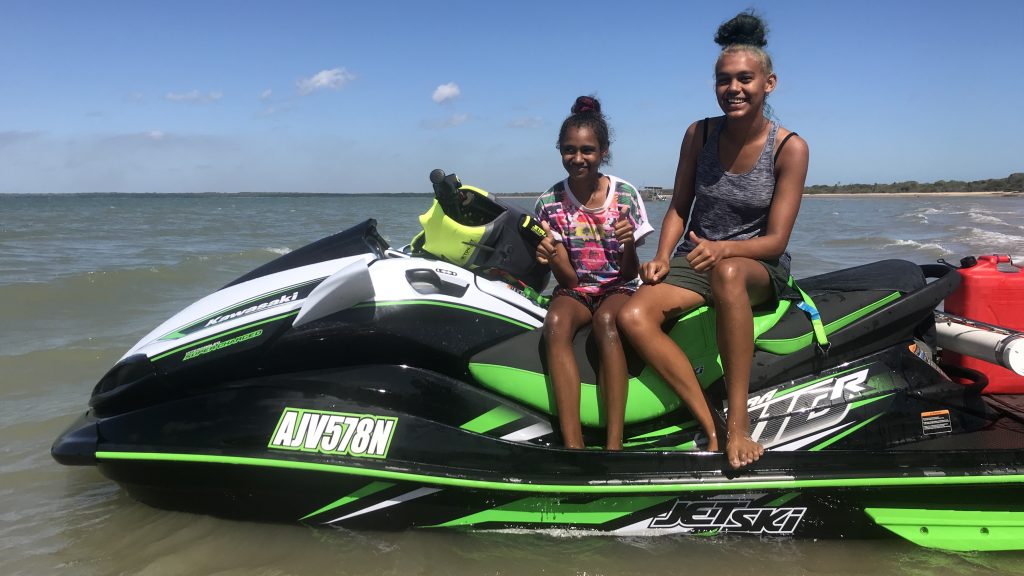
The entire convoy of 14 Jet Skis and personal watercraft completed the first day’s 300km journey from Weipa to Thursday Island. But nine hours on the water took its toll on the riders and some skis.
At the 6am roll call the next morning, two of the 14 riders elected to stay behind and rejoin the group on the return to Thursday Island.
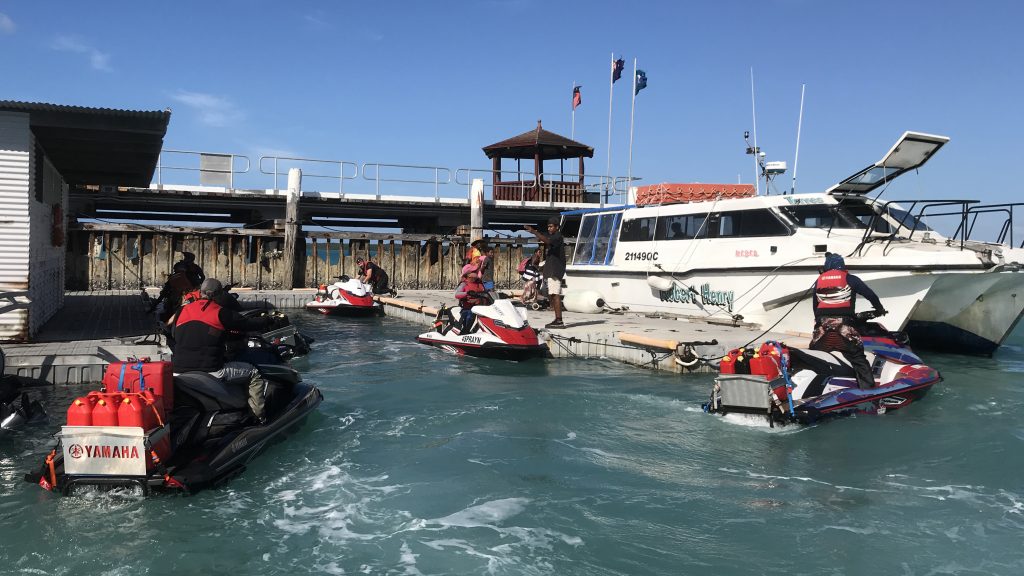
One watercraft took on water while docked overnight (it was later traced to a transom plate leak). One of the riders who bowed out offered his ski as a substitute; the riding gear was quickly transferred minutes before departure.
Despite all participants having ocean-riding experience, few had travelled more than 180km in a single day on a Jet Ski or personal watercraft. Day one had clocked up 300km. And days two and three (to PNG and back) were 240km each way, delivering a total of 780km over the first three days.

Customarily, it takes about five or six days to cover this distance in the ocean by Jet Ski or personal watercraft.
Against the odds, a dozen riders headed towards the Torres Strait after a symbolic run past an Australian Navy ship (Thursday Island is Australia’s first line of defence from the north) before hitting open water.
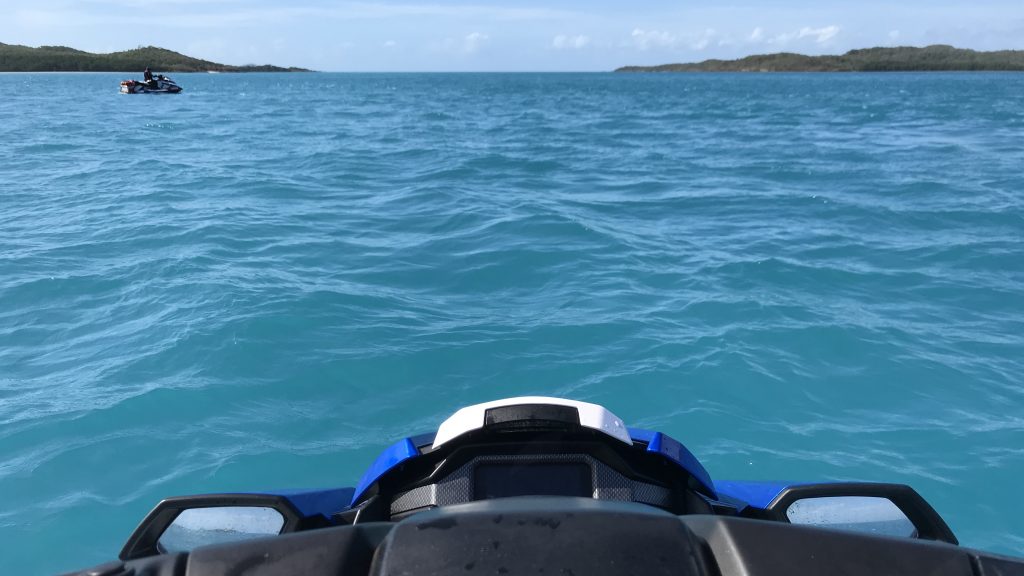
The wind was modest at first, but quickly climbed to 15 knots and then to 25 and 30 knots, which kicked up a 1 to 2 metre swell. Dark clouds also made it difficult at times to read the waves – and spot the 70km-long and 10km-wide Warrior Reef in the middle of the journey that would also be used as a navigation guide.
As the group began to fatigue, slower riders dropped back and the convoy began to spread out.
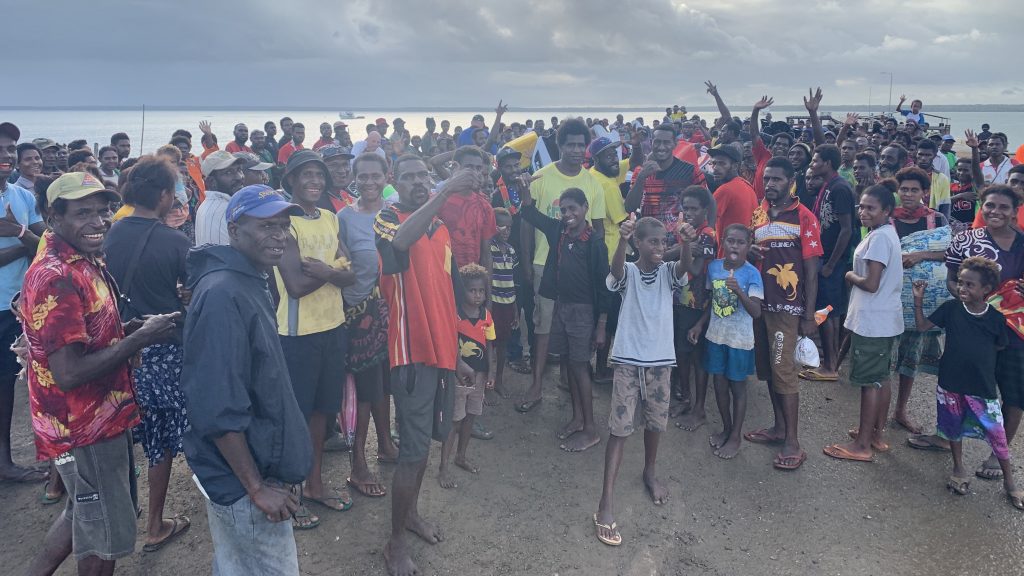
After nine gruelling hours and 240km of gnarly ocean riding – with little relief along the way – the convoy made it to Daru, arriving to a hero’s welcome.
While there are parts of PNG that are closer to Australia, customs regulations mandate Daru as the arrival point.
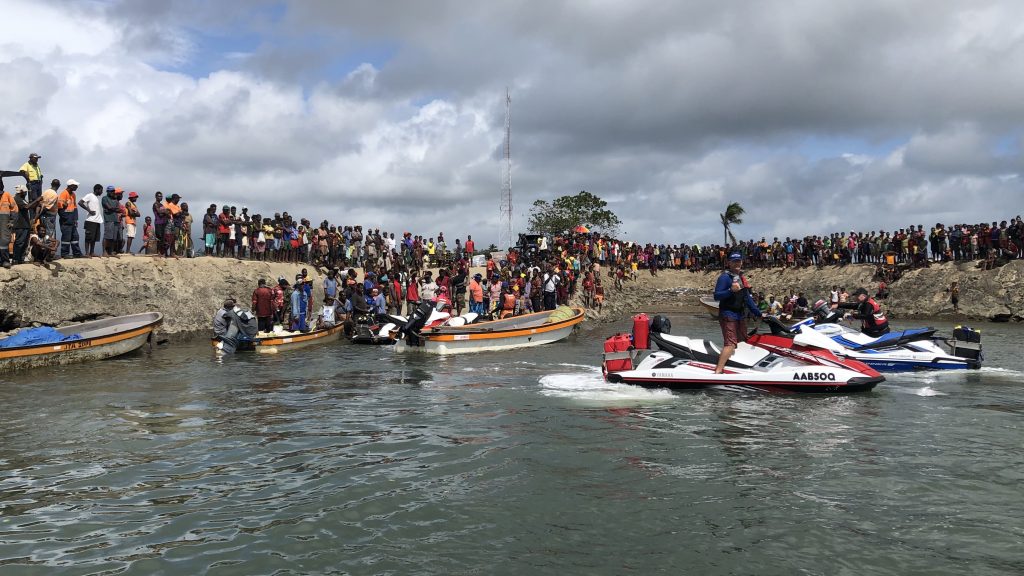
Just when the group thought their day was done, it took another four hours to retrieve the Jet Skis from the water and refuel them – carrying them by hand up the ramp – ready for departure early the next morning.
While the riders slept in a tin shed that had been converted into a makeshift motel – on a site protected by barbed wire fences and an armed guard – a number of locals volunteered to mind the Jet Skis, in return for some Australian currency. In some cases, the locals slept on the watercraft to stop vandals.
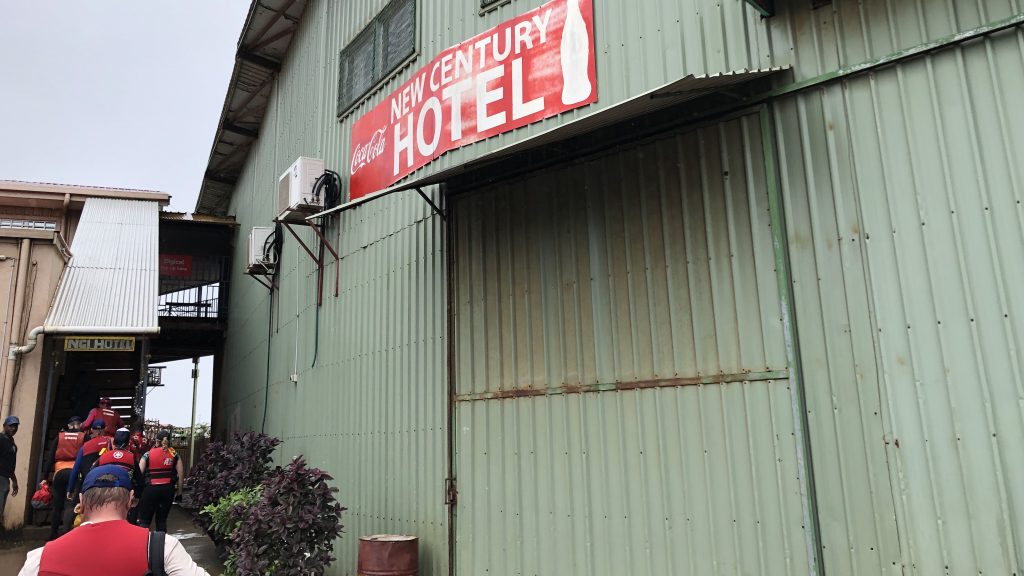
The riders enjoyed a shower that had the intensity of a water-spray bottle; some riders slept on the dirty and muddy floor. Incredibly, the motel was overbooked, so not everyone got a bed.
Dinner was crayfish and rice. After a day of eating muesli bars and sugary treats on the water, it was deemed a well earned feast.
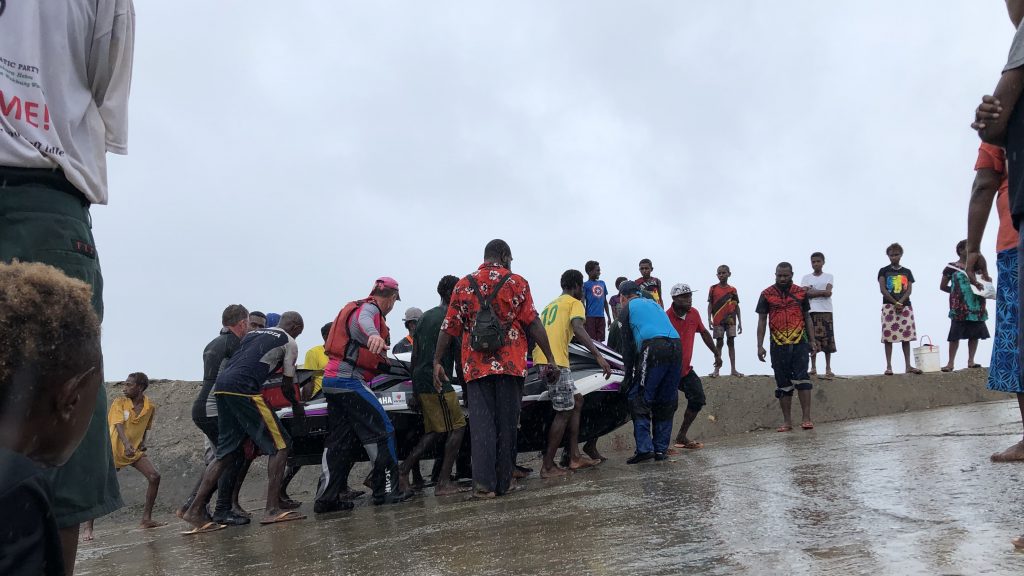
With the help of charity sponsors, freight companies Sea Swift (on the water) and Blenners (on the road) – both of whom are transport specialists for Far North Queensland and beyond – the group of Jet Ski riders was able to hand over 800kg worth of donated clothes to PNG families.
Early the next morning, the riders reversed the previous night’s process by getting all the Jet Skis back in the water.

The watercraft were heavier this time, because their 70-litre fuel tanks (78-litre on the Kawasaki) were full – plus each Jet Ski had at least another 60 litres on the back. It was not the ideal way to start a 240km ocean ride – and the third long day in a row.
The winds and the swell had picked up, so conditions were even worse than the day before.
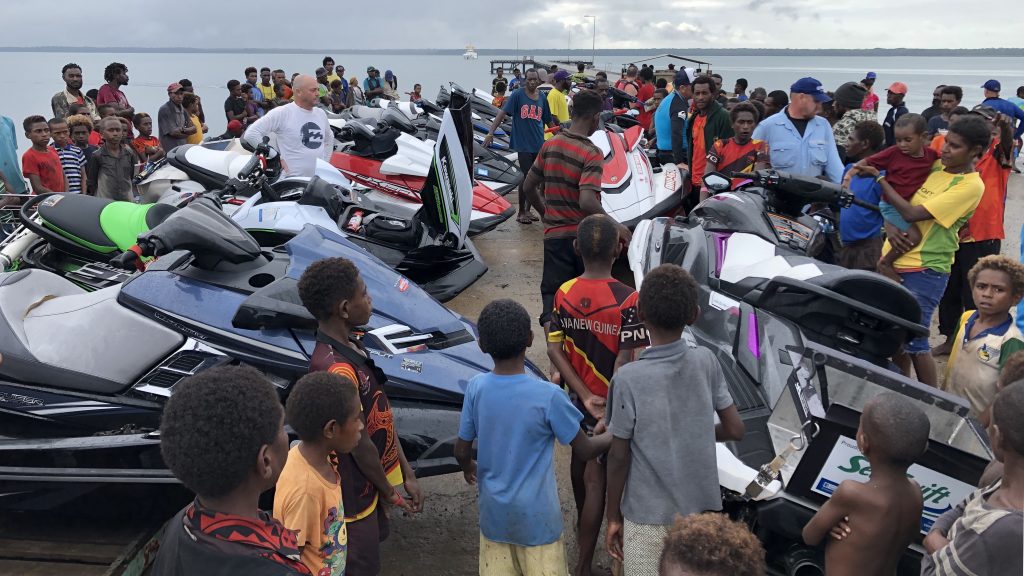
The clouds again made it difficult to read the conditions, and the reef didn’t seem to provide as much relief from the large swells as it did the day before.
Adding to the drama, the ocean conditions worsened as the day went on – and as each rider became more even more fatigued.
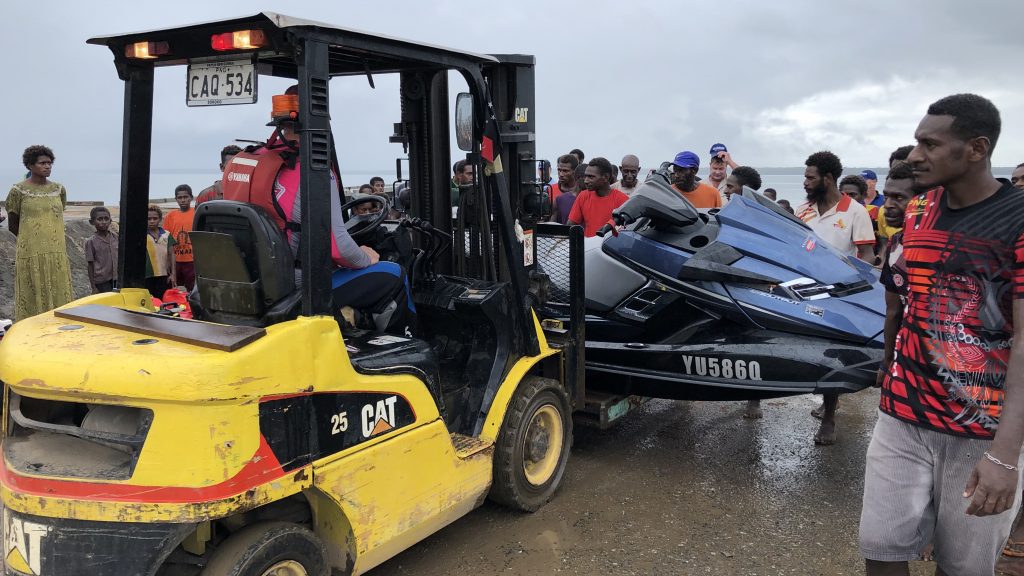
Eventually, the group made it back to Thursday Island after what every participant described as the hardest ride they’d ever done.
The bravest of all, though, was Chelsea Brown (pictured below), the 16-year-old daughter of one of the organisers – and likely the youngest person to ever make such a crossing in Australian international waters.
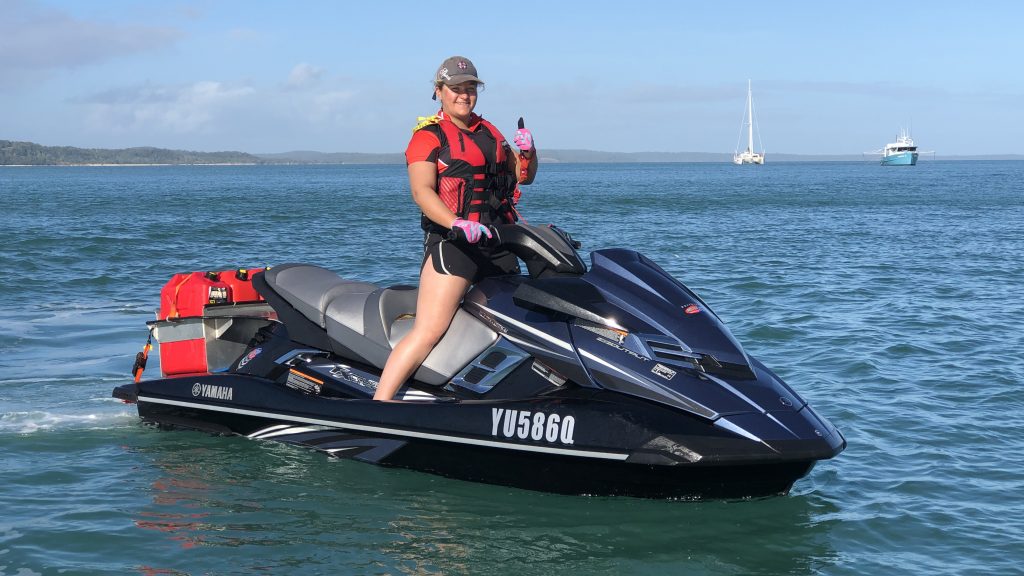
An accomplished horse rider, Chelsea had only been riding Jet Skis for a few years. She did a week of ocean riding in the 2019 Variety Jet Trek a few months prior to this ride. However, she said the PNG ride delivered the toughest conditions she’d ever encountered.
“Horse riding gave me a lot of fitness to do this but it doesn’t work your arms as hard as Jet Ski riding does,” said Chelsea, from Sydney. “It was definitely the hardest Jet Ski riding I’ve ever done. We just didn’t get as much relief on the way back as we did on the way there. The skis were just putting their nose into the middle of the waves, all the way.”
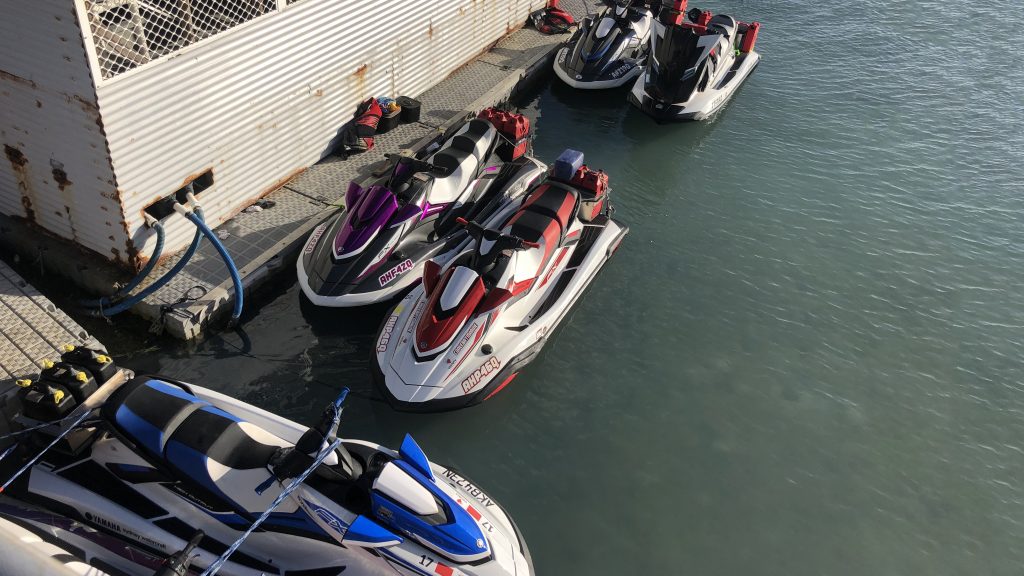
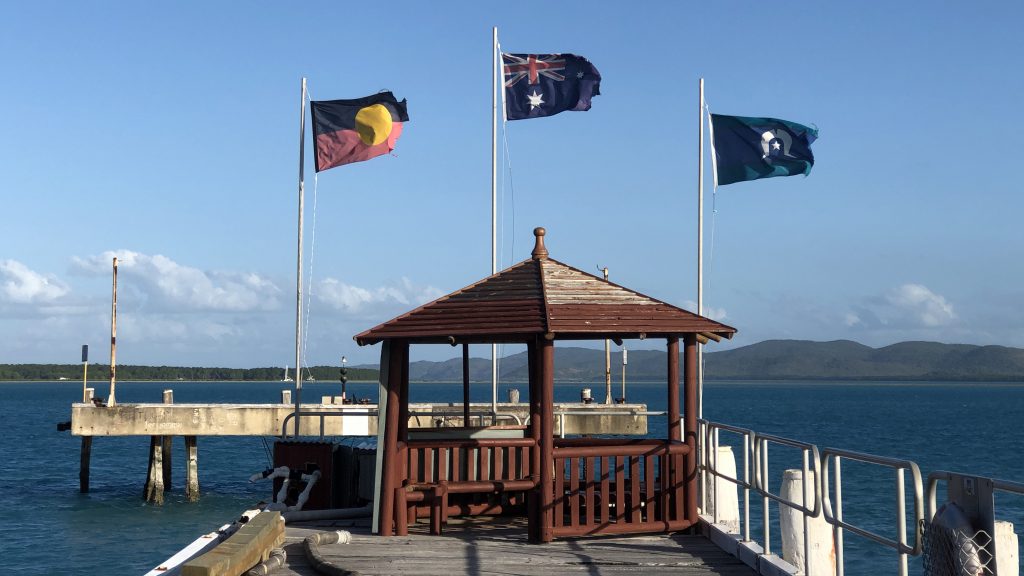
The group was thrown another obstacle once they returned to Thursday Island to get their passports stamped. The petrol bowser on the wharf was closed, so they had to ride – on fumes – another 30km or so to Roko Island, near Punsand Bay, just south of the northern most tip of mainland Australia.
Two of the 12 riders pulled up at Thursday Island exhausted and spent the night there before rejoining the group later.
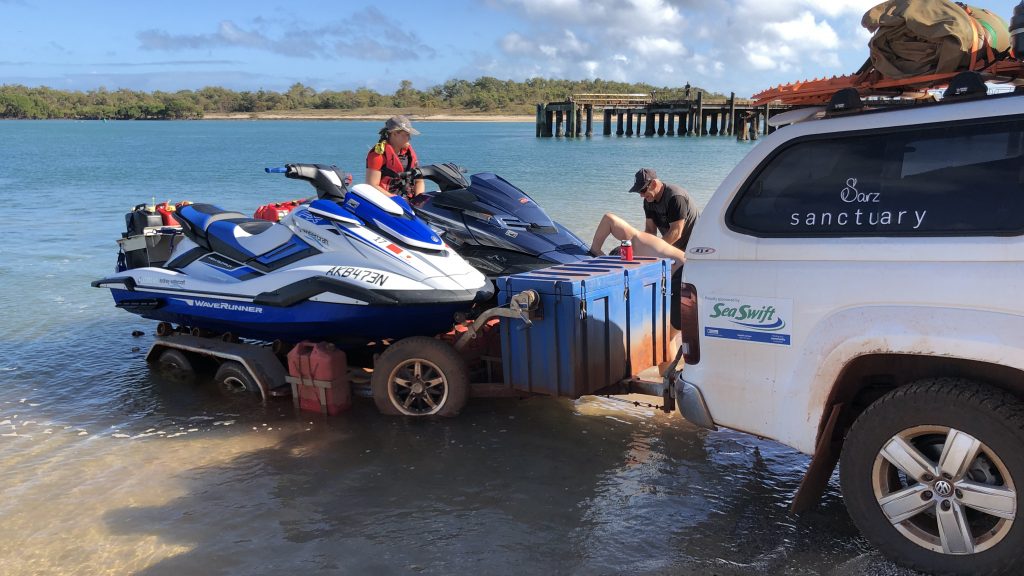
Another rider went to hospital at Bamaga a day after returning to the mainland to get his legs treated for abrasions (the stitching on Yamaha FX models 2019 and onwards does nasty things to the lower legs of riders who prefer to stand). That rider’s trip was over from that point onwards, on medical advice.
Three other riders also put their watercraft on a trailer once back on the mainland at Seisia, but only after everyone made a symbolic journey around The Tip of Australia on Jet Skis.
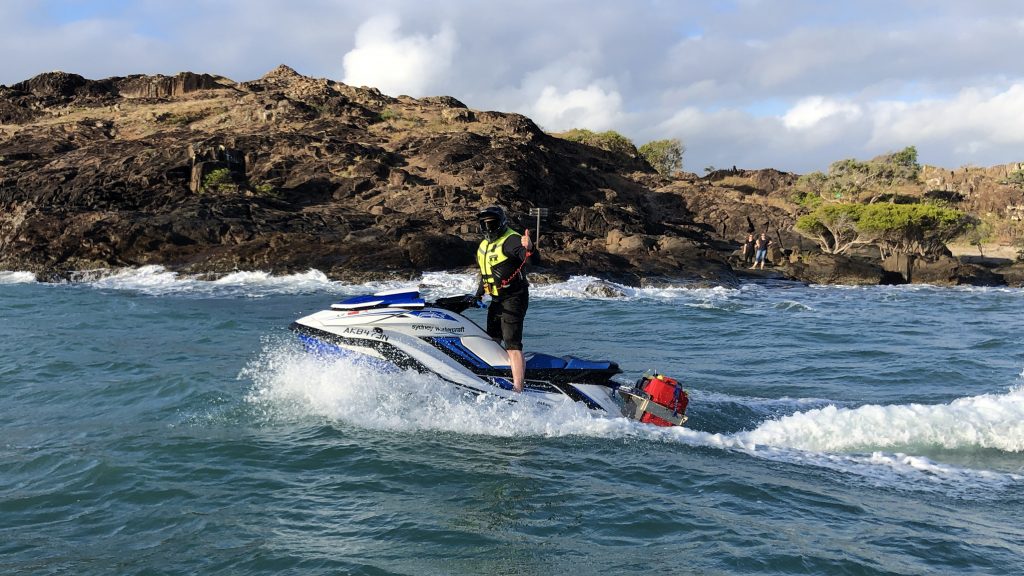
After a night on Roko Island and then at Punsand Bay, the rest of the group headed south to Captain Billy’s campground.
By this stage only six of the 14 Jet Skis and personal watercraft were still on the journey, with most riders wisely giving their battered and bruised bodies a rest.
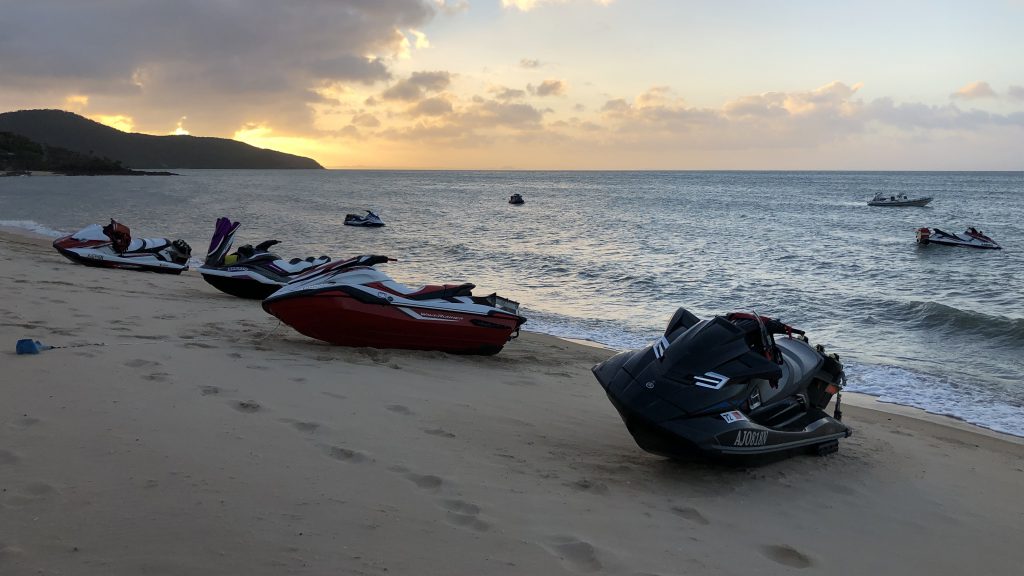
Ice wasn’t just being used to keep food and beer cold, it was helping sore muscles recover.
After one day of rest and two nights of camping on the edge of the ocean – and with the wind picking up yet again – another ski got pulled off the beach before the start of the next leg from Captain Billy’s campground, culling the field to five.
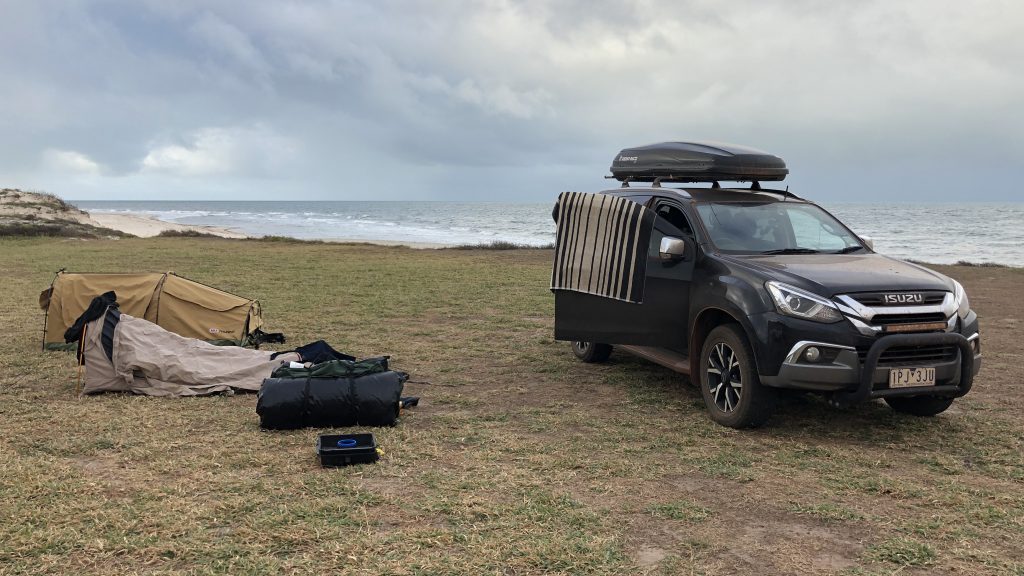
The attrition was the result of several factors. Ocean riding is a lot more physically demanding than it looks. Every rider was experienced in open water, but nothing can prepare you for a trip like this.
Most images (including these photos) are taken in calm conditions, because it’s too difficult to operate a camera in huge swells.
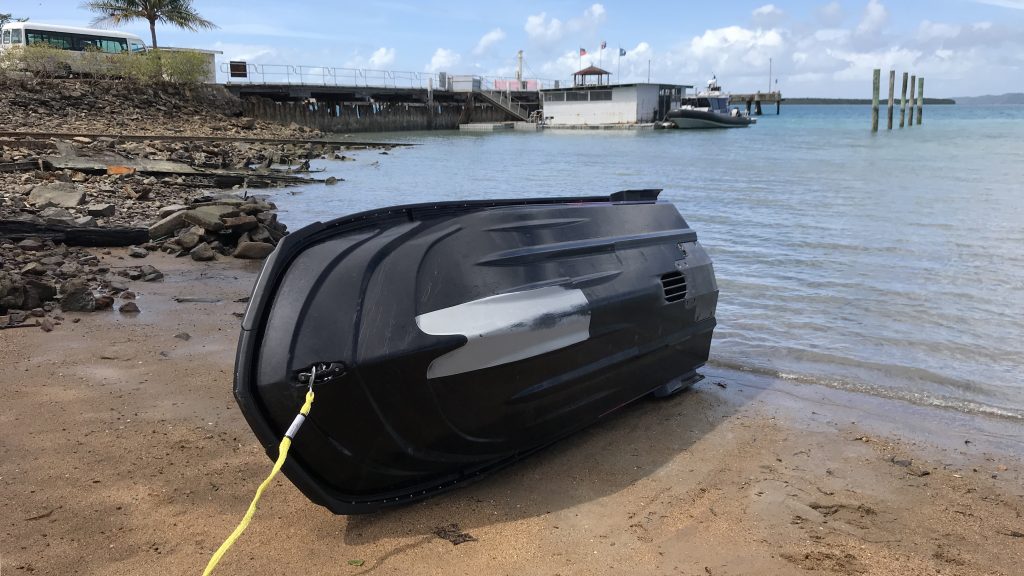
There was also a toll on the watercraft. As mentioned earlier, one ski became submerged after being docked overnight at Thursday Island – before the run to PNG and back.
On return from PNG, two other hulls endured more fractures – after previous repairs. And one watercaft began to run on three cylinders instead of four after a well-known problem with the Yamaha FX’s fuel injector wiring loom (one of the connectors frays after the engine has done 50 or 60 hours).
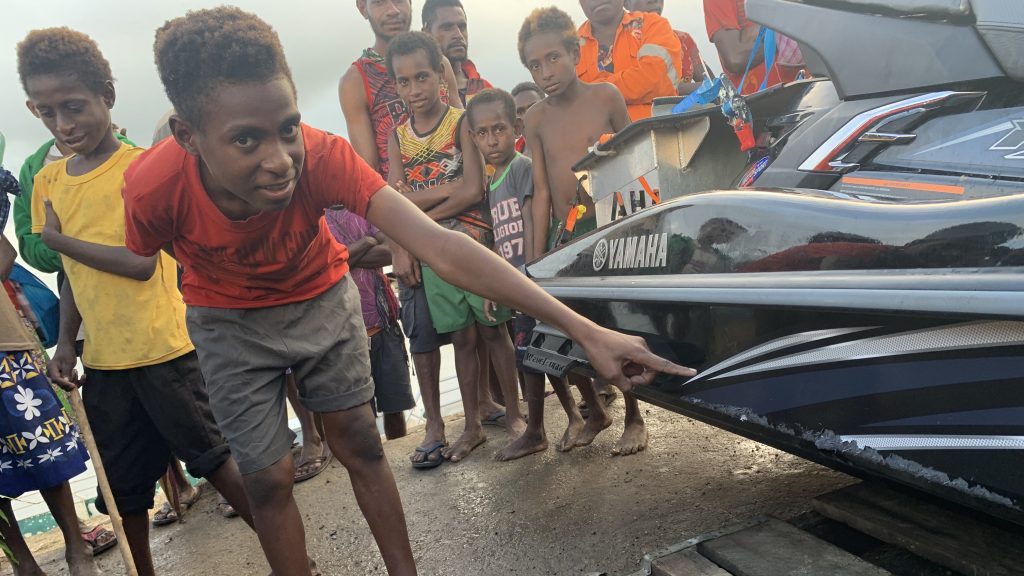
The five remaining riders were culled to four after one more retirement on the second-last day, before the final run to the resort town of Port Douglas.
It had been six years since the first successful documented crossing by Jet Ski or personal watercraft from Thursday Island to Daru (a group of four riders did it in 2013). It may well be another half a decade or more before it happens again.
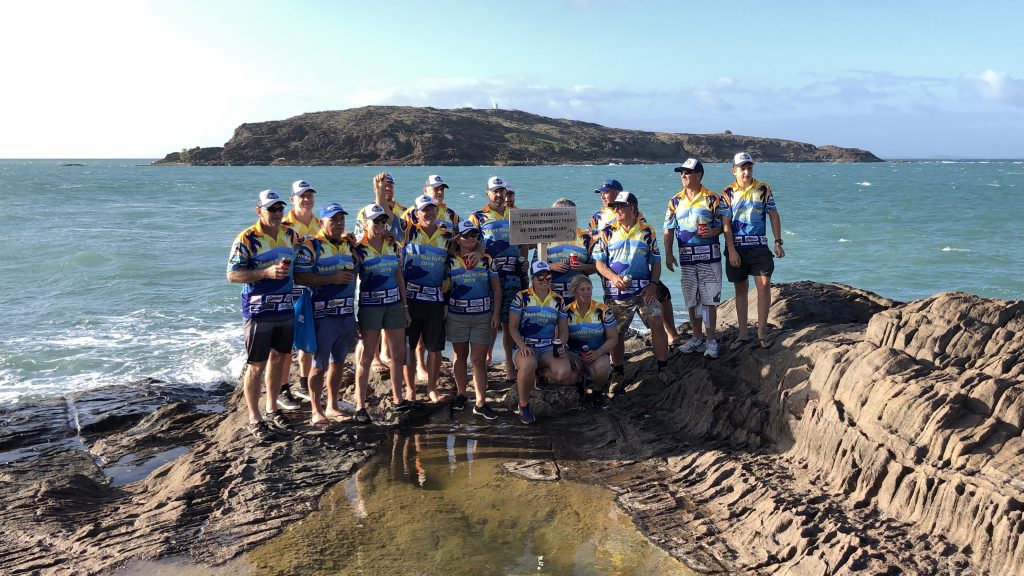
Worthy cause
The ride was to raise awareness for Sarz Sanctuary, a charity set up to help the families of terror attack and murder victims. It was established by the parents of Sara Zelenak, a 21-year-old Australian killed in the London terror attacks in June 2017.
Zelenak was one of two Australians among the eight people killed and 48 injured. While the two Australian women did not know each other, 28-year-old nurse Kirsty Boden, from South Australia, was killed as she ran towards danger in an attempt to help others who were injured. Zelenak was part of the Queensland-based ocean-riding Jet Ski family.
Her father Mark Wallace was among four riders who did the trip from Thursday Island to PNG in 2013. He was road crew for the 2019 event. Riders also delivered via shipping container a one-tonne of clothes to Daru locals.
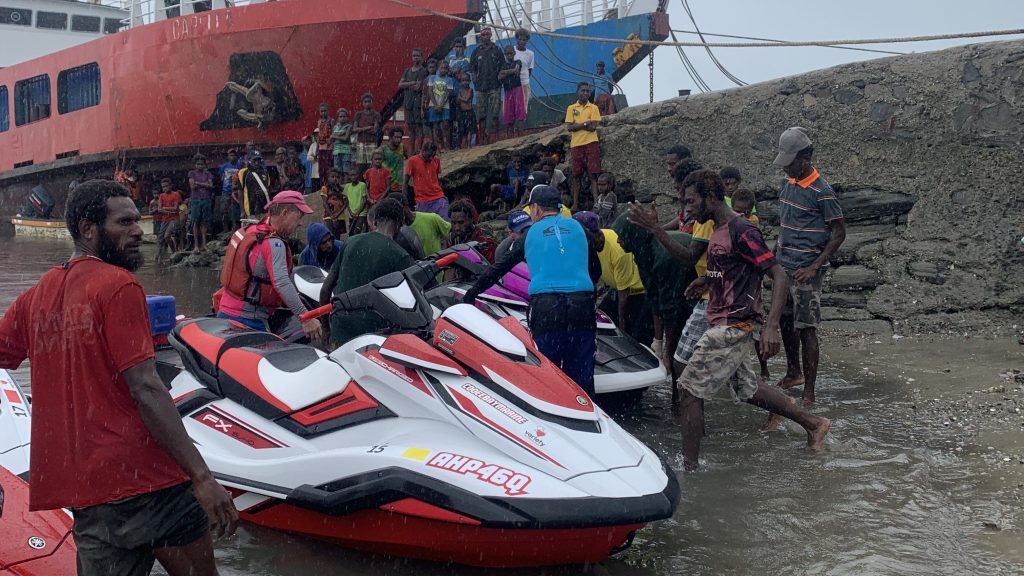
Yamaha versus Kawasaki
Of the 14 personal watercraft that started the trip, 13 were Yamahas. Of those, 12 were the non-supercharged FX HO models powered by a 1.8-litre four-cylinder engine, one was an FX SVHO powered by a supercharged 1.8-litre four-cylinder engine.
Despite concerns about fuel range, the supercharged FX SVHO made it to PNG and back. The only non-Yamaha was a Kawasaki Ultra 310R powered by a supercharged 1.5-litre four-cylinder engine. It too did not run out of fuel, despite being supercharged and having a reputation for thirst.
All Jet Skis and personal watercraft were equipped with custom made racks that could carry at least three 20-litre plastic fuel ‘jerry cans’ in addition to the standard 70-litre tanks in the Yamaha FXs (78 litres in the Kawasaki).
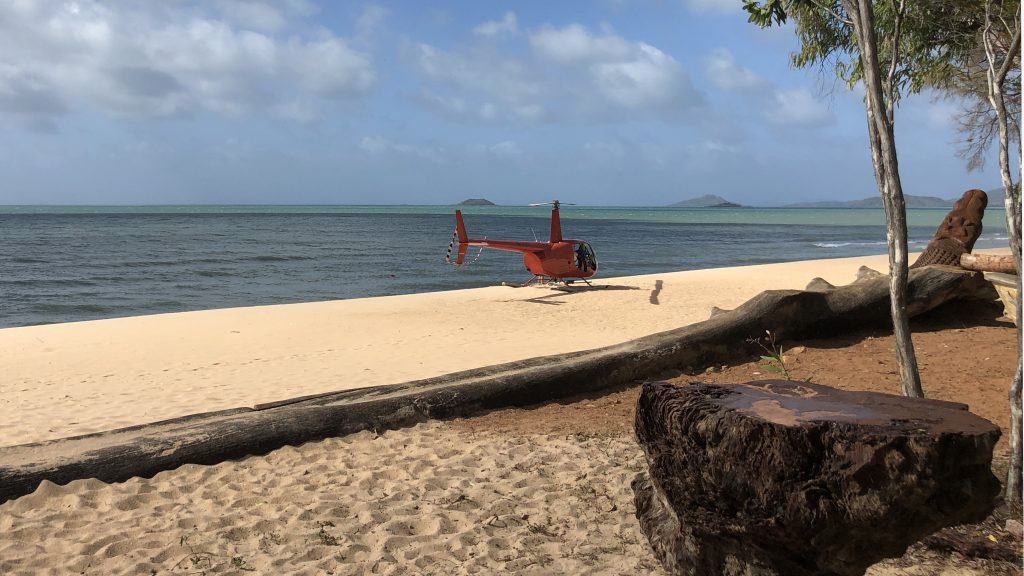
Safety precautions
All participants wore a Personal Locator Beacon (PLB) and had a handheld marine radio. On the watercraft, safety equipment included flares and an EPIRB.
Although everyone carried a mobile phone in a waterproof case (and a charger), there was little to no phone range for the majority of the trip.
Two riders had satellite phones and another two had detailed navigation units mounted on their watercraft. Two more riders had a Garmin satellite device that can send text messages, which was deemed more reliable than the satellite phones.
Some riders wore backpacks with water bladders, most stowed plenty of water bottles for the trip there and back.
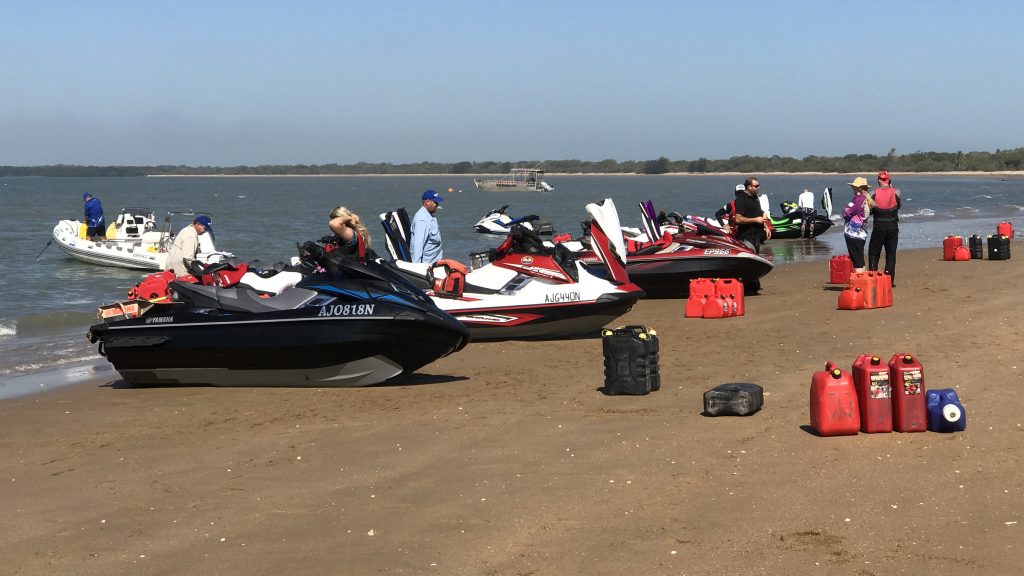
Fuel use
Fully loaded, the Jet Skis and personal watercraft on this trip consumed between 55 and 65 litres per 100km, almost as much as a V8 Supercar around Bathurst. In ideal conditions consumption on non-supercharged skis can dip to 50L/100km.
